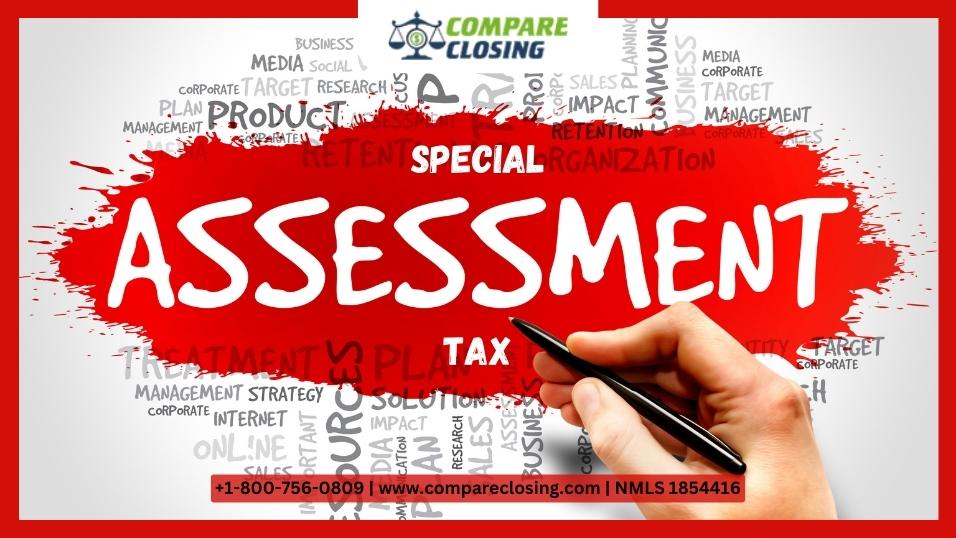When a local government decides to undertake a project that will be funded by special assessments, the first step is to identify the area that will benefit from the project.
This may be a specific neighborhood, a commercial district, or a wider area that will be impacted by the project.
Once the area has been identified, the local government will typically hold public hearings to gather input from property owners and other stakeholders.
The purpose of these hearings is to determine the scope of the project and the estimated cost, as well as to solicit feedback from the community.
After the public hearings, the local government will typically adopt a resolution or ordinance that outlines the details of the special assessment.
This may include the specific improvements or repairs that will be made, the estimated cost of the project, and the method for calculating the assessments.
The assessments may be based on a variety of factors, such as the square footage of the property, the frontage of the property, or the assessed value of the property.
The local government may also take into account any special circumstances, such as vacant lots or properties that are not connected to the public infrastructure that will be improved.
Once the assessment method has been determined, the local government will notify property owners of the amount they will be assessed. The assessments may be paid in a lump sum or installments over a period of years.
In some cases, property owners may be allowed to pay off the assessment early without penalty.



